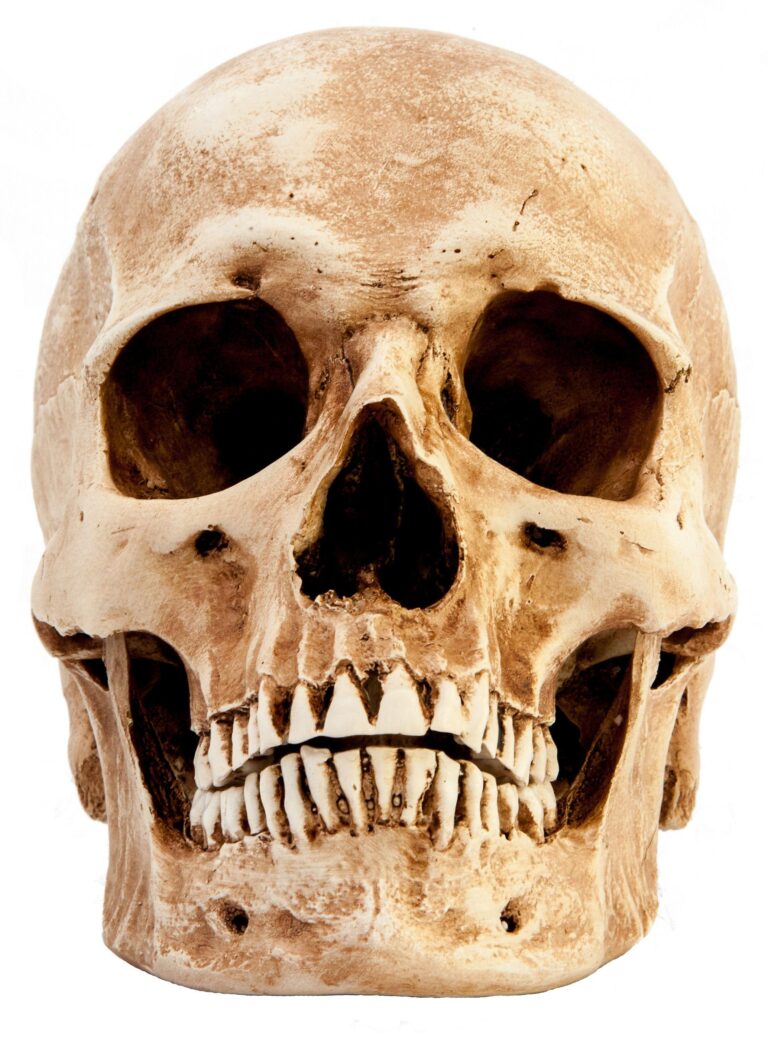Archaeologists in Argentina have unveiled a remarkable discovery that sheds new light on pre-Columbian cultural practices in South America. An ancient skull unearthed in a recent excavation reveals evidence of intentional cranial shaping-an age-old tradition once practiced by indigenous groups across the region. This finding not only deepens our understanding of the artistic and social customs that prevailed long before European contact but also highlights the complex identities of the continent’s early inhabitants. The discovery, reported by Colombia One, opens fresh avenues for studying the cultural exchanges and lifestyle of ancient communities in Argentina and its neighboring territories.
Ancient Skull Discovery Sheds Light on Pre-Columbian Cranial Modification Techniques
Archaeologists in Argentina have uncovered an exquisitely preserved skull that provides compelling evidence of sophisticated cranial modification techniques practiced by pre-Columbian cultures. The skull exhibits clear signs of intentional shaping-likely achieved through binding methods applied during infancy-which altered the natural growth of the cranium to create elongated and flattened forms. This discovery not only confirms long-held hypotheses about ritualistic body modification but also offers fresh insights into the cultural and social significance embedded in these ancient practices.
Analysis of the skull’s features revealed:
- Deliberate cranial deformation: symmetrical flattening consistent with known binding techniques
- Absence of trauma: indicating the modification was carefully controlled and non-pathological
- Signs of cultural identity: cranial shapes possibly denoting societal status or group affiliation
| Feature Examined | Observations |
|---|---|
| Skull Shape | Elongated, flattened frontal bone |
| Binding Method | Likely cradleboard or banding techniques |
| Estimated Age | Approximately 1,000 years old |
| Significance | Affirms regional cranial shaping traditions |
Archaeologists Analyze Cultural Significance and Methods Behind Skull Shaping Practices
Recent excavations in northern Argentina have shed new light on the intentional modification of skull shapes among pre-Columbian cultures. Archaeologists uncovered a well-preserved cranium exhibiting clear evidence of deliberate cranial deformation techniques, a practice that symbolized social status, group identity, and spiritual beliefs. This discovery reinforces the understanding that such cultural body modifications were widespread across South America, reflecting complex societal structures long before European contact.
Methods behind skull shaping often involved binding infants’ heads with cloth or wooden boards to alter their growth patterns gradually. The practice required meticulous care and was passed down through generations, illustrating a deeply ingrained tradition. The skull’s measured dimensions and deformation styles are detailed below, highlighting the precision of these ancient techniques:
| Measurement | Original Shape | Modified Shape |
|---|---|---|
| Cranial Length | 18.5 cm | 21.2 cm |
| Cranial Breadth | 14.3 cm | 12.7 cm |
| Cephalic Index | 77.3 | 59.9 |
- Social Symbolism: Marked ranks of nobility and spiritual leadership Certainly! Here’s a concise summary of the findings based on the post content you provided:
Summary:
Recent archaeological discoveries in northern Argentina have provided compelling evidence of deliberate cranial deformation practiced by pre-Columbian cultures. The unearthed cranium shows precise modification techniques that involved binding infants’ heads to shape skull growth, reflecting significant cultural meanings such as social hierarchy, group identity, and religious beliefs.
Key Measurements Before and After Modification:
| Measurement | Original Shape | Modified Shape |
|——————-|—————-|—————-|
| Cranial Length | 18.5 cm | 21.2 cm |
| Cranial Breadth | 14.3 cm | 12.7 cm |
| Cephalic Index | 77.3 | 59.9 |The altered metrics demonstrate a noticeable elongation and narrowing of the skull, emphasizing the use of skilled, intentional methods passed down through generations. This practice underscores the complexity of societal structures and cultural identities in South America prior to European contact.
If you want, I can also help expand on specific details like cultural significance or methods!
Experts Recommend Preservation Measures and Further Study of Indigenous Anthropological Artifacts
Archaeologists and anthropologists emphasize the urgent need for conserving the recently uncovered skull, a rare witness to the sophisticated cranial modification techniques practiced by indigenous communities long before European contact. Experts suggest that safeguarding this artifact involves:
- Implementing controlled environmental conditions within museums and research facilities.
- Establishing protocols to prevent deterioration caused by handling or exposure.
- Collaborating with local indigenous groups to ensure ethical preservation and cultural respect.
Beyond immediate preservation, specialists call for expanded interdisciplinary research to deepen understanding of the social, medical, and artistic implications of skull shaping. Plans for future studies include advanced imaging, carbon dating, and comparative analysis with other regional finds, aiming to construct a comprehensive narrative of pre-Columbian identity and ritual practices. The following table summarizes key recommended steps for both preservation and study:
Area Action Purpose Preservation Climate-controlled storage Prevent material degradation Community Engagement Consultation with indigenous leaders Respect and cultural accuracy Research 3D imaging and CT scans Reveal internal structure Analysis Comparative study with other artifacts Trace cultural connections To Conclude
The discovery of the ancient skull in Argentina not only sheds new light on pre-Columbian cultural practices but also underscores the rich and diverse heritage of indigenous communities in South America. As researchers continue to analyze the find, it promises to deepen our understanding of the social and ritual significance of skull shaping across the region. This remarkable artifact serves as a powerful reminder of the sophisticated traditions that existed long before European contact, offering valuable insights into the identities and histories that shaped the continent’s past.




